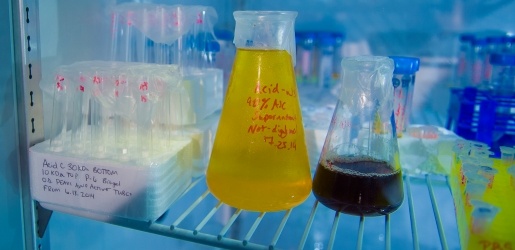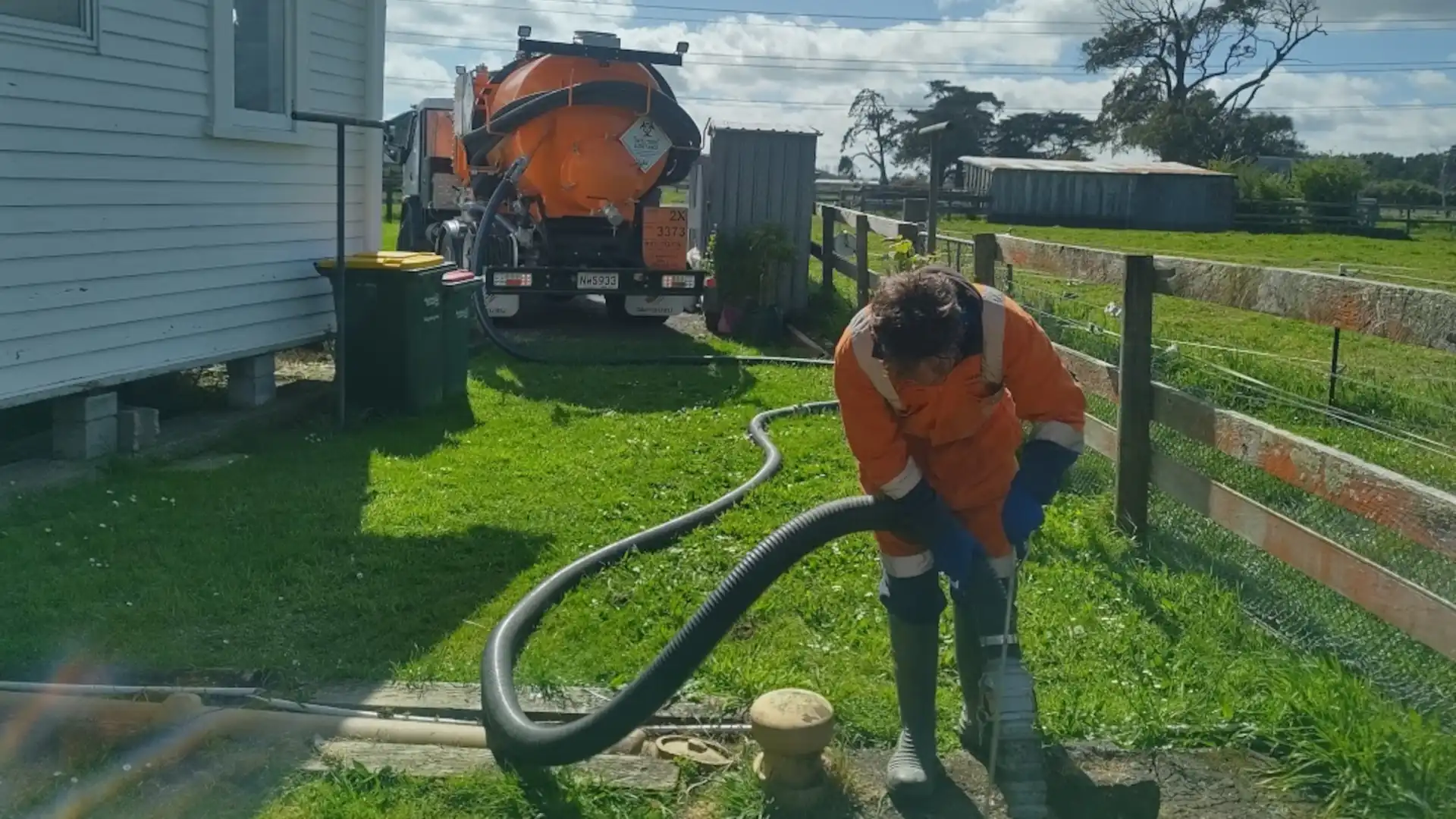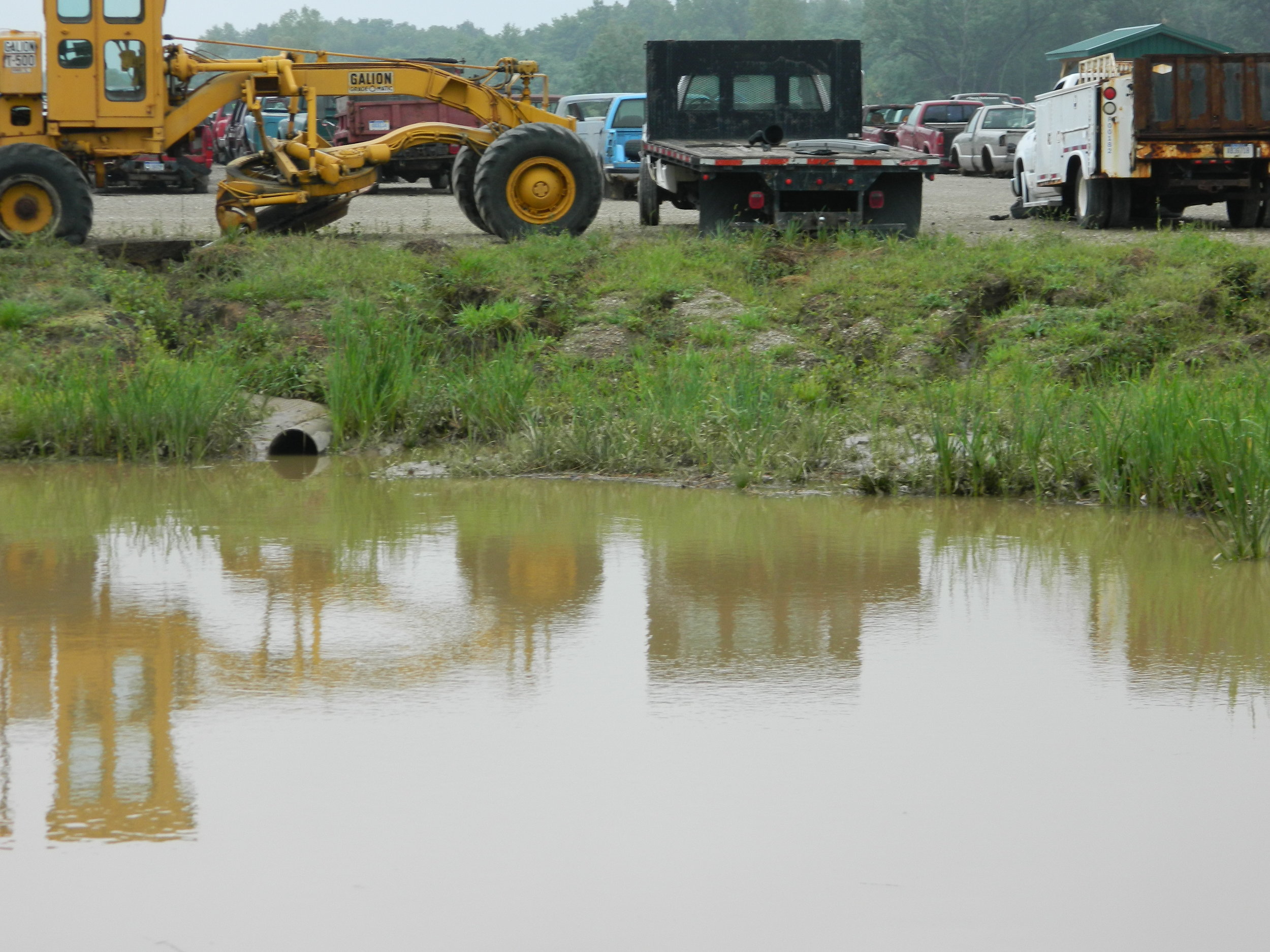Leading Industrial Wastewater Treatment Solutions: Guaranteeing Compliance and Efficiency
Leading Industrial Wastewater Treatment Solutions: Guaranteeing Compliance and Efficiency
Blog Article
Just How Fluid Garbage Disposal Works: A Detailed Overview of Methods and Technologies Utilized

Review of Fluid Waste Types
The complexity of liquid waste kinds demands a thorough understanding of their attributes and ramifications for disposal. Fluid waste can broadly be categorized right into a number of types, including commercial, local, agricultural, and dangerous waste. Each classification shows distinctive homes, requiring particular administration techniques to minimize ecological and health dangers.
Industrial fluid waste originates from making processes and frequently has a series of contaminants, such as heavy metals, solvents, and natural substances. Metropolitan liquid waste, mainly comprising wastewater from houses and industrial establishments, includes natural matter, nutrients, and microorganisms (industrial wastewater treatment). Agricultural liquid waste, consisting of runoff from ranches, may include fertilizers, pesticides, and animal waste, presenting dangers to water high quality and ecosystems
Unsafe fluid waste is defined by its poisoning, reactivity, or potential to create injury. Understanding these diverse fluid waste types is vital for developing reliable disposal techniques and making sure conformity with ecological regulations.
Physical Treatment Approaches

Screening is the preliminary step, where larger particles and particles are gotten rid of from the fluid waste using displays or grates. This procedure safeguards downstream equipment from damages and ensures smoother procedure. Following testing, sedimentation utilizes gravitational force to separate solids from fluids. In sedimentation storage tanks, much heavier particles settle at the base, creating a sludge layer, while the made clear liquid can be more dealt with.
Purification is one more vital approach that involves passing the liquid through permeable products, such as sand or membranes, to catch smaller sized fragments. This action boosts the top quality of the fluid, making it ideal for subsequent treatment processes.

Chemical Treatment Methods
Chemical treatment strategies are necessary for effectively managing fluid waste, especially in dealing with liquified and colloidal contaminants that physical methods might not properly remove. These methods use various chemical representatives to reduce the effects of, speed up, or change hazardous materials into less hazardous kinds.
One typical technique is coagulation and flocculation, where chemicals such as alum or ferric chloride are contributed to advertise the gathering of suspended particles. This process improves sedimentation, permitting simpler elimination of the resulting sludge. Additionally, oxidation procedures, using agents like chlorine or ozone, are used to break down complicated organic substances and pathogens, rendering the waste more secure for discharge or additional therapy.
Neutralization is another vital technique, which adjusts the pH of acidic or alkaline waste streams to neutral levels, stopping possible injury to downstream systems and the environment. In addition, progressed oxidation procedures (AOPs) use combinations of oxidants and ultraviolet light to degrade relentless contaminants, achieving a higher degree of treatment efficiency.
Biological Treatment Processes
Biological therapy procedures play a vital role in the monitoring of liquid waste by making use of bacteria to decompose organic matter and minimize contaminant degrees. These processes can be extensively categorized into cardio and anaerobic therapies, each employing certain microbial areas to accomplish effective waste destruction.
Cardio therapy includes the use of oxygen to facilitate the break down of organic products by germs. This process is commonly implemented in activated sludge systems, where oygenation storage tanks supply a helpful setting for microbial development, leading to the oxidation of organic toxins. The resultant biomass can be divided from dealt with effluent explanation with sedimentation.
In comparison, anaerobic therapy occurs in the lack of oxygen, counting on various bacteria to damage down raw material. This approach is particularly useful for high-strength waste, as it generates biogas, a renewable resource resource, while minimizing sludge production. Technologies such other as anaerobic digesters are regularly employed in commercial and local applications.
Both anaerobic and cardiovascular organic therapies not only decrease the ecological effect of liquid waste yet additionally help with resource recovery, making them vital parts of lasting waste management techniques. Their performance, efficiency, and adaptability support their widespread implementation across various markets.
Emerging Technologies in Disposal
Cutting-edge methods to liquid waste disposal are rapidly progressing, driven by advancements in innovation and a boosting emphasis on sustainability. Amongst these emerging modern technologies, membrane bioreactors (MBRs) have obtained traction for their ability to incorporate organic therapy with membrane purification, causing top quality effluent that can be reused in different applications. MBRs allow smaller sized impacts and extra reliable procedures contrasted to typical systems.
An additional encouraging growth is using anaerobic digestion combined with nutrient recovery innovations, which not only treats fluid waste however likewise produces biogas and recoups beneficial nutrients like nitrogen and phosphorus. This twin advantage boosts source performance and minimizes ecological effect.
Furthermore, progressed oxidation procedures (AOPs) are being taken on for the destruction of intricate natural contaminants. These methods utilize effective oxidants and stimulants to damage down impurities at the molecular degree, offering an extremely effective solution for tough waste streams.
In addition, the assimilation of man-made why not try these out intelligence and machine understanding in waste monitoring systems is enhancing operational performance and predictive maintenance, bring about minimized costs and boosted environmental conformity. These innovations reflect a significant change towards even more sustainable and reliable liquid garbage disposal methods.
Conclusion
In verdict, effective fluid waste disposal demands a detailed understanding of various strategies and technologies. The assimilation of physical, chemical, and biological therapy methods makes sure the efficient monitoring of diverse waste kinds. Furthermore, the appearance of innovative innovations enhances treatment efficiency and promotes sustainability in waste administration practices. By constantly progressing these approaches, it comes to be possible to attend to the growing difficulties related to liquid waste, eventually adding to environmental security and source recovery.
Liquid waste disposal is a critical facet of environmental monitoring, requiring a detailed understanding of various techniques and technologies tailored to different waste kinds. Fluid waste can extensively be categorized right into numerous types, consisting of industrial, local, agricultural, and harmful waste. Agricultural liquid waste, including overflow from farms, might include plant foods, chemicals, and pet waste, posing dangers to water top quality and environments.
Numerous physical therapy methods play an essential function in taking care of liquid waste successfully - industrial wastewater treatment.In verdict, effective fluid waste disposal requires a thorough understanding of various methods and innovations
Report this page